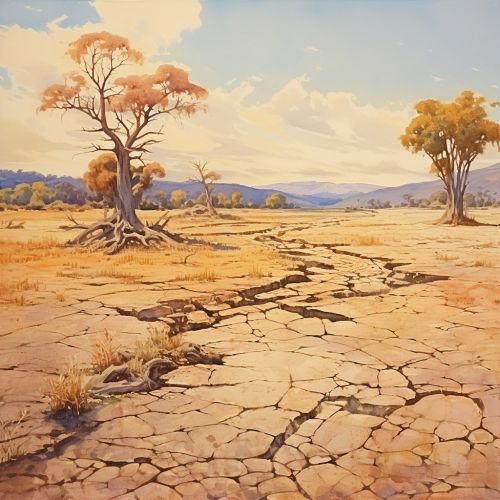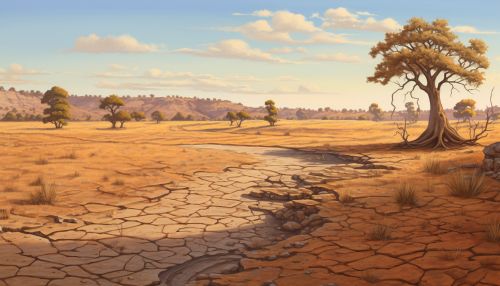Climate Change and Drought
Introduction
Climate change and drought are two interconnected phenomena that have significant implications for the environment and human society. The relationship between climate change and drought is complex and multifaceted, involving a range of physical, biological, and human factors. This article provides an in-depth exploration of these issues, focusing on the scientific understanding of how climate change influences drought patterns, the impacts of these changes, and the strategies for mitigating and adapting to these challenges.
Climate Change and Drought: An Overview
Climate change refers to long-term shifts in temperatures and weather patterns, primarily caused by human activities, especially the burning of fossil fuels, which increase levels of greenhouse gases in the Earth's atmosphere. Drought, on the other hand, is a natural disaster characterized by a prolonged period of abnormally low rainfall, leading to a shortage of water.
The Science of Climate Change and Drought
Climate change can exacerbate drought conditions in several ways. Firstly, higher temperatures caused by climate change can increase evaporation rates, which can intensify the severity and duration of droughts. Secondly, climate change can alter atmospheric circulation patterns, potentially changing where and when precipitation occurs. Lastly, climate change can influence the amount of moisture in the soil, which can impact the onset and severity of droughts.


Impacts of Climate Change-Induced Droughts
The impacts of climate change-induced droughts are wide-ranging and can have severe consequences for both natural ecosystems and human societies. These impacts can include water shortages, crop failures, and increased wildfire risks. Furthermore, these droughts can lead to economic losses, social disruption, and political instability.
Mitigation and Adaptation Strategies
Addressing the challenges posed by climate change and drought requires both mitigation and adaptation strategies. Mitigation strategies aim to reduce greenhouse gas emissions, thereby limiting the extent of climate change. Adaptation strategies, on the other hand, aim to enhance the resilience of societies and ecosystems to the impacts of climate change-induced droughts.
Conclusion
Understanding the relationship between climate change and drought is crucial for developing effective strategies to mitigate and adapt to these challenges. While the science is complex, the evidence clearly shows that climate change is likely to exacerbate drought conditions in many parts of the world, with significant implications for both natural ecosystems and human societies.
